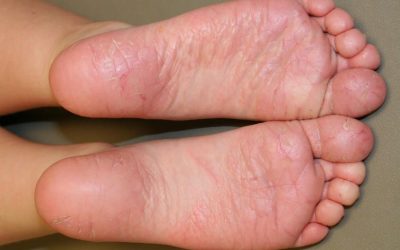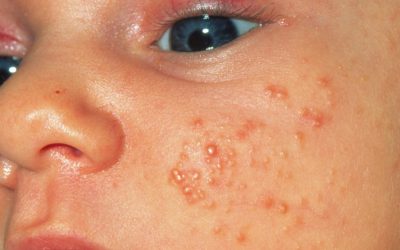Lichen Planus: Causes, Symptoms, and Treatment Options
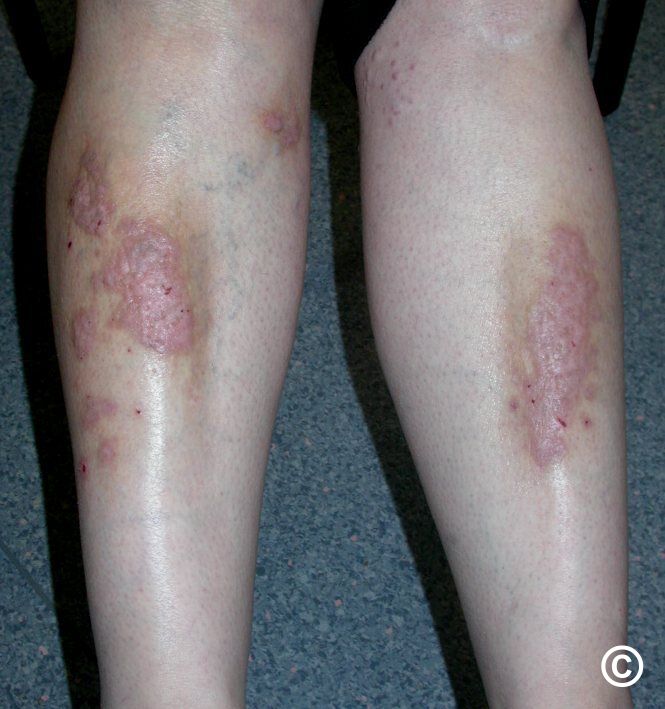
Who gets lichen planus?
The exact prevalence of lichen planus is unknown, race does not affect it, and it occurs more often in women than men (2:1 ratio) between the ages of 30 and 50. It has been observed that it occurs more often in patients who have primary itchy skin diseases (especially atopic eczema), systemic diseases characterized by intense itching, and disorders related to the psychological state.
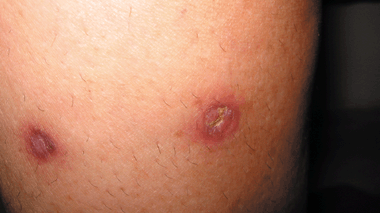

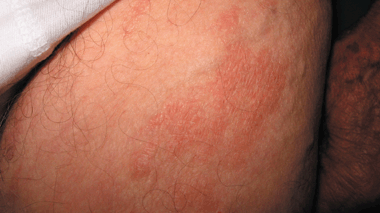
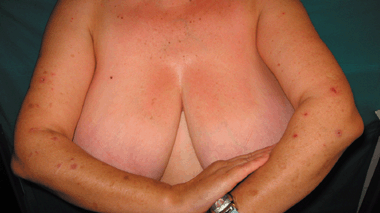
Spots or plaques are observed on the skin, roughness of the skin is felt to the touch, hardening, which occurs as a result of constant mechanical damage to the skin area during scratching. Other clinical signs may include:
- hyper- or hypopigmentation (local darkening or lightening of skin color at the site of the lesion);
- skin peeling, thickening;
- hair thinning or alopecia (loss of hair at the site of the lesion);
- Skin lesions are most often observed in areas of the body that are easily accessible by hand:
- neck, scalp;
- genitals;
- wrists and forearms;
- ankles, lateral surfaces of calves and thighs.
Diagnosis:
The diagnosis is usually based on the clinical picture and anamnesis. In the case of an unclear diagnosis, additional tests may be performed:
- skin biopsy;
- skin patch test for suspected contact dermatitis;
- skin culture due to fungus;
- blood tests are performed on suspicion of organ dysfunction, the activity of which may be related to skin itching.
The treatment of lichen planus is complex, it is very important to understand that the continuous cycle of itching and scratching causes mechanical damage to the skin, and if it is prolonged, it causes irreversible damage to the skin. The aim of the treatment is to protect the areas of rashes with physical barriers (e.g.: bandages) preventing mechanical damage, to cut the nails short to minimize damage to the skin surface. It is important to use emollients to improve the condition of the skin, emollients that provide intensive hydration and reduce itching are suitable for this disease (eg: derma forte anti itch cream to reduce itching). Avoid factors that provoke itching. In case of psychological problems, consult specialists for disease management. If necessary, pharmacological treatment is prescribed, in case of pronounced itching – antihistamines, local corticosteroids with occlusion, calcineurin inhibitors, etc. Procedures such as transcutaneous electrical nerve stimulation, acupuncture, surgical treatment, phototherapy are more commonly used.
If you do not know which method of treatment is the most suitable for you, consult a dermatovenerologist.

Psoriasis
A common, chronic, inflammatory, recurring skin disease that affects 2-3% of the population. Psoriasis can start at any age, and is most often found in adults.
Juvenile plantar dermatosis
a disease characterized by localized damage to the feet. JPD usually occurs in children between the ages of 3 and 14 who are prone to atopy or have atopic dermatitis
Skin Conditions in Newborns: Causes, Symptoms, and Care Tips
Skin conditions like rashes, eczema, and cradle cap are common in newborns. Proper skin care is essential for managing and preventing these issues. Learn how to care for your baby’s delicate skin and address common skin conditions effectively.



